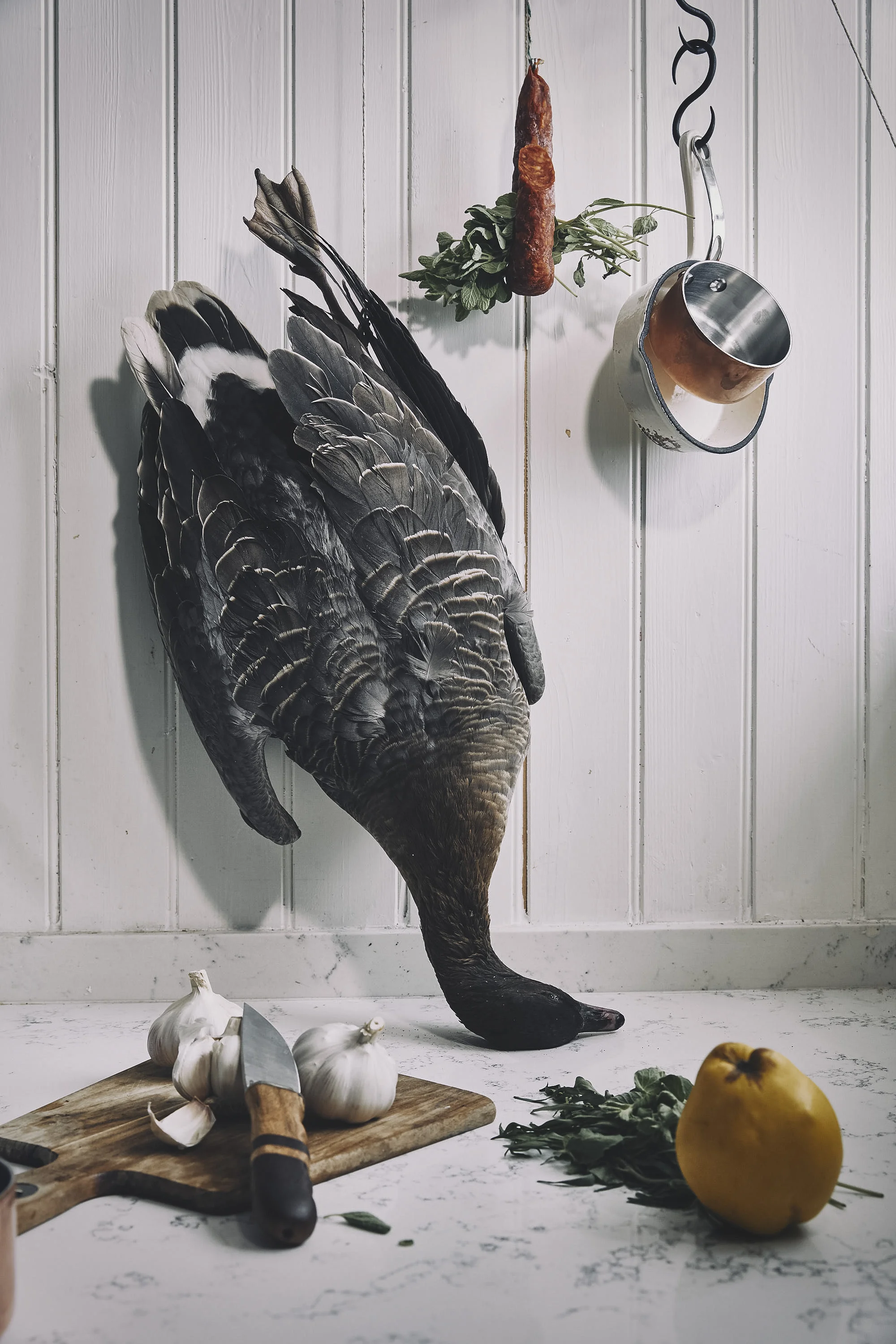Dutch Masters-Inspired Still Life Photography by Matthew Lloyd
A personal series inspired by Old Master still lifes, a genre that has always captivated me for its rich history and simple yet profound elegance. I find myself particularly drawn to the work of Jacobus Biltius, especially his still lifes of game hanging, where the clean, deliberate shapes and textures take center stage. The contrast between the dark lighting and muted tones offers an intimacy and quiet drama that I find compelling.
Still life photography, while distinct from my typical commercial work, allows me to explore a more personal and introspective side of image-making. Unlike commercial shoots, where the focus is on branding, storytelling, and creating a specific mood to connect with an audience, still life photography is about capturing the essence of objects in their most honest, raw form. There’s something uniquely satisfying about playing with light, shadow, and texture in this genre—it's less about context and more about the relationship between the subject and the viewer. The dark lighting and muted tones create a sense of timelessness, a beautiful counterpoint to the often bright, clean aesthetic I’m known for in commercial photography. It’s a different kind of challenge, one that allows me to slow down, focus on the details, and appreciate the beauty in simplicity.
This still life photography offers a unique and powerful way to connect with heritage and traditional brands that have a rich history. By capturing objects in their simplest, most refined form with dark lighting and muted tones, this approach evokes a sense of timelessness and craftsmanship that resonates with brands rooted in tradition. The deliberate simplicity and focus on texture and detail create visuals that speak to the authenticity, quality, and heritage of a brand, making it ideal for businesses that wish to tell their story with elegance and depth. Whether it’s for product photography or brand imagery, this style creates a visual narrative that enhances the connection between the past and present, showcasing a brand’s legacy with a modern, yet historically respectful, aesthetic."


















